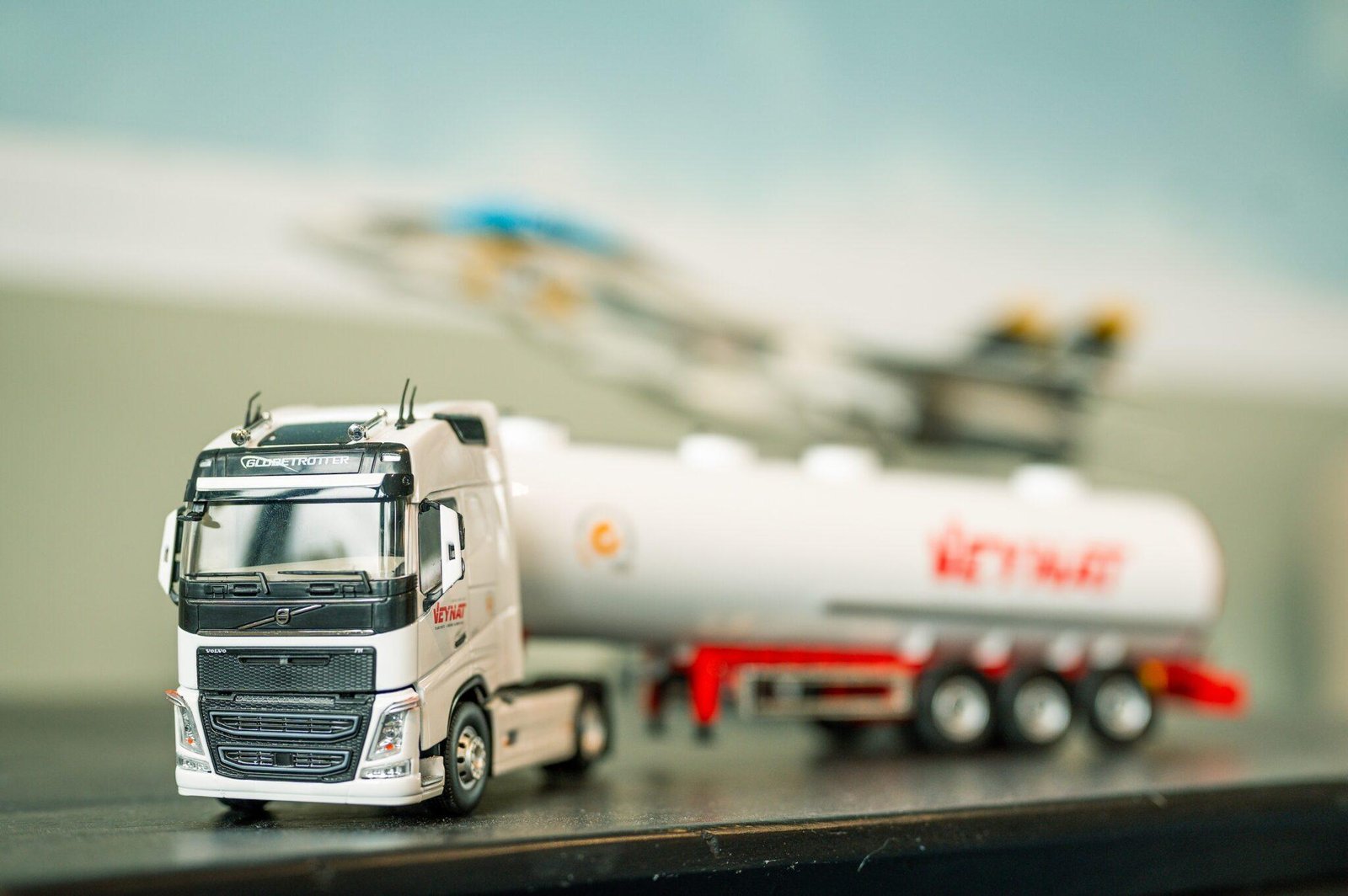IBC of 1,000 litre volume has 65% alcohol = 650 litre pure.
That leaves 350 litres of water.
If this has been aged for 5 years, it could be that you have 60% alcohol left because of “angel share” – which in turn means you have 600 litres pure left.
Example 2
IBC of 1,000 litre volume has 70% alcohol = 700 litre pure.
That leaves 300 litres of water.
In a 1,000-liter IBC initially holding 65% alcohol, aging for 5 years may result in a 60% alcohol content due to the “angel’s share” evaporation, leaving 600 liters of pure alcohol. Conversely, an IBC with 70% alcohol initially will have 700 liters of pure alcohol, and after aging, the remaining volume is 300 liters of water. In the whisky industry, “liters pure” denotes the actual volume of pure alcohol, and the term “angel’s share” refers to the natural evaporation through the wood during aging.
We use liters pure within the whisky industry.
LPA and Aged Spirits: A Special Consideration
When it comes to aged spirits, determining alcohol volume becomes more complex due to certain factors. The environment, including temperature and humidity, can cause alcohol to evaporate, leading to what’s known as the “angel’s share,” altering ABV over time. Given that it can vary, even within the same batch, it becomes challenging to rely solely on LV for accurate calculations.
If you’re in the market for spirits such Whisky, Cognac, Bourbon, or Tequila, LPA offers an accurate and consistent way to measure alcohol volume. Businesses can get a precise measure of the alcohol content, ensuring consistency and accuracy in trading, taxation, and other operations. Other LPA benefits include:
- Accuracy: The ABV of aged spirits can change over time. LPA provides a consistent measure of the actual alcohol content, irrespective of the total volume.
- Consistency: Consistency is necessary for trading and commerce. Using LPA ensures that you’re always dealing with a consistent measure, making transactions smoother and more transparent.
- Regulatory and Taxation Purposes: Most countries tax alcoholic beverages on their alcohol content–using LPA guarantees that it’s taxed accurately, avoiding legal complications.


